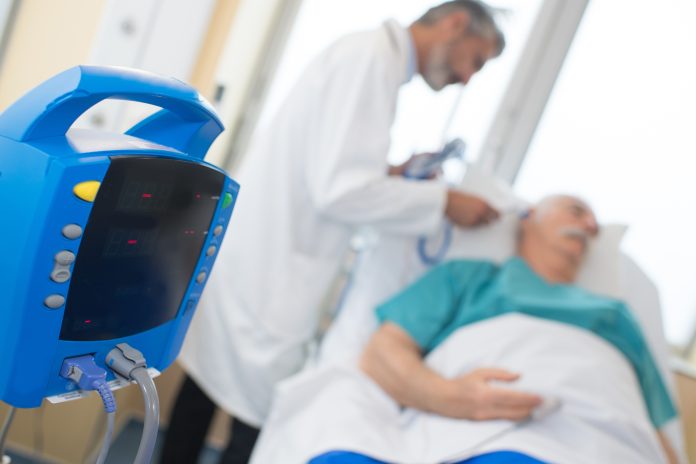While smart building technologies aimed at increasing occupant comfort and energy savings have dominated the rhetoric in the commercial office and industrial sectors, nowhere else can these technologies have a more significant impact than in the healthcare industry where optimizing for savings under ballooning healthcare costs and the provision of patient well being are of utmost importance.
Schneider Electric, a leader in energy efficiency and automation, was selected to design smart building technology for power and building management systems for a new state-of-the-art pavilion for the University of Pennsylvania Health System (Penn Medicine).
The IoT-enabled hospital, which will house approximately 500 beds, a relocated emergency department, and 47 operating and procedure rooms, will help enable Penn Medicine to maximize occupant well being, reduce costs and optimize energy use. As a critical technology contractor, the company will configure and evaluate the low voltage systems and use cases that leverage EcoStruxure for Healthcare as the technology backbone in the patient room for clinical and patient value.
“With power equipment and monitoring and integrated BMS, we have now become a low voltage contractor doing the turnkey part for roughly 23 low-voltage systems within the hospital?s architecture. We are determining the best strategy for breaking down the silos to reduce duplication and taking clinical and building management to build analytics,? said Warren Rosebraugh, Director Solutions Architect at Schneider Electric, in an interview with In-Building Wireless.
Schneider Electric improves patient room control to maximize health outcomes
Schneider Electric which has been providing the hospital’s power distribution networks will add services such as its Clinical Environment Optimization solution, which saves energy by automatically adjusting room conditions based on occupancy information and ensures patient comfort by setting room temperatures through a patient room control mobile app.
The system is designed is to meet the requirements of the Affordable Healthcare Act that request patients to complete a non-clinically outcome based survey after they are discharged from the hospital that assesses the environment for noise and comfort.
?By empowering the patient to control the conditions in their rooms from lighting, shades, eliminating noise levels and changing the temperature, the most common complaint in hospital rooms, we can achieve greater occupant comfort and increase scores for healthcare providers,” said Rosebraugh.
White tuning LED lighting to improve patient and staff health
The new pavilion will also feature white tuning of LED lights which makes it possible to change the warmth of lights according to circadian rhythms. Being able to adjust the lighting can result in both improved patient recovery and staff well being. Several studies have found that increased breast cancer rates were higher for staff who worked the night shifts and it is becoming well accepted that adjusting the color of white light to mimic circadian rhythm, can help patients increase sleep and speed recovery.
Reduces energy spend through occupancy monitoring
One of the significant savings in energy efficiency was a concept adapted from the hospitality industry. Similar to hotels that are deploying sensors to monitor room occupancy to determine when to turn on air or heating, hospitals can now save massive costs by monitoring room occupancy.
?Currently hospitals have to do seven air exchanges in the room which account for nearly 53% of the energy spend in most hospitals. By tracking if there is a patient in the room and their schedule we can drop these air exchanges from seven to one and offer tremendous energy savings,” said Rosebraugh
Schneider Electric, which has more than 100 healthcare solution use cases in the hospital environment, will join the existing PennFIRST team, and trade contractor partners Foster+Partners and HDR, BR+A engineering and Balfour Beatty and L.F. Driscoll construction management.
Eliminating duplicative infrastructure drives savings
During the intricate design process it’s common for contractors to install duplicate systems adding unnecessary costs to the project. The Schneider team was able to reduce costs related to the implementing room lighting by consolidating the duplicative infrastructures of shade control and lighting into a single system.
?We achieved huge savings by breaking down silos and identifying duplicating infrastructures, said Rosebraugh. ?Part of bringing these technologies into the rooms also opens up opportunities for consolidating multiple controllers into one device and improving savings to the hospital.”
Construction of the pavilion began in September 2016 is expected to be ready for occupancy in late in 2021.

